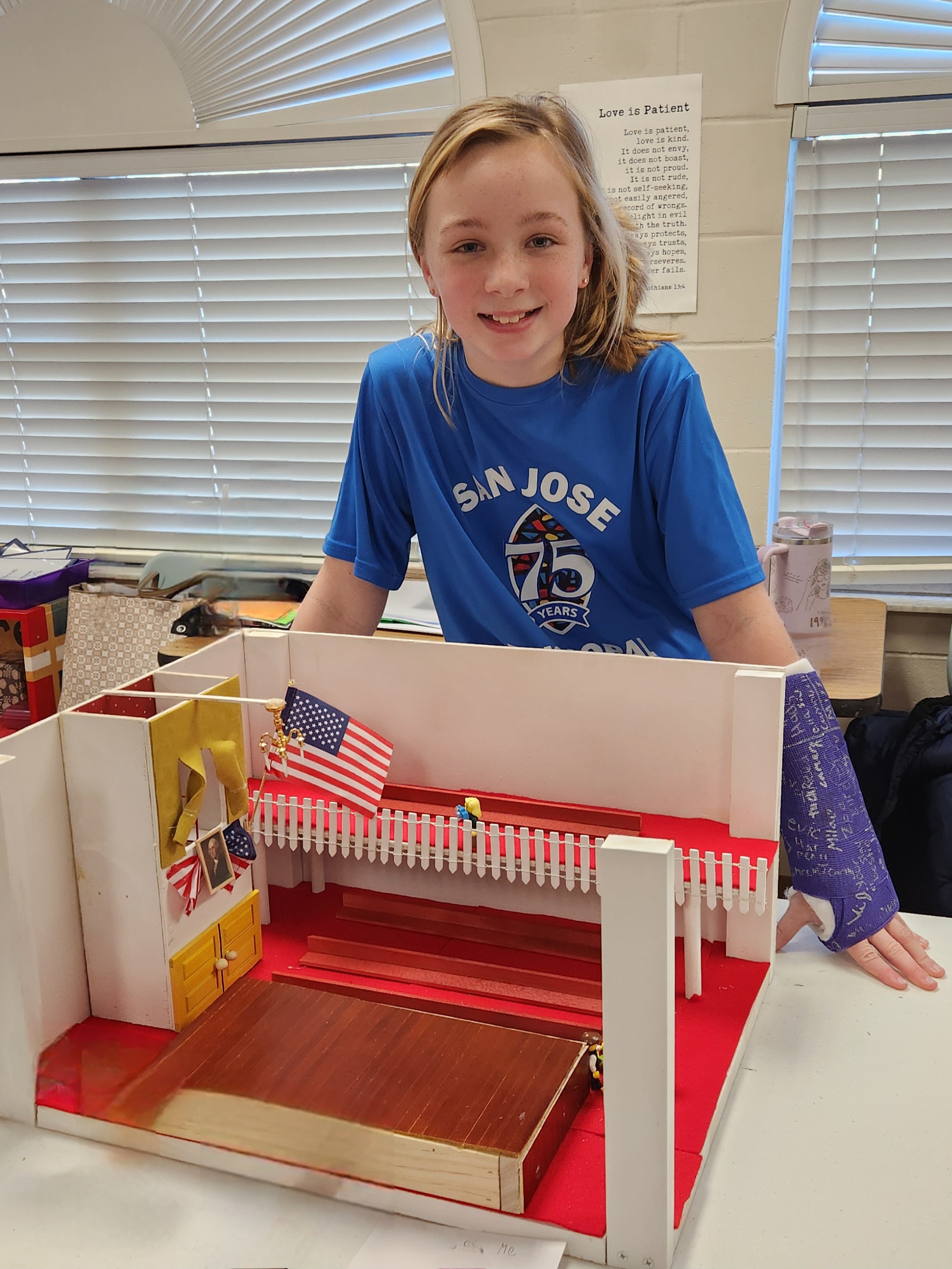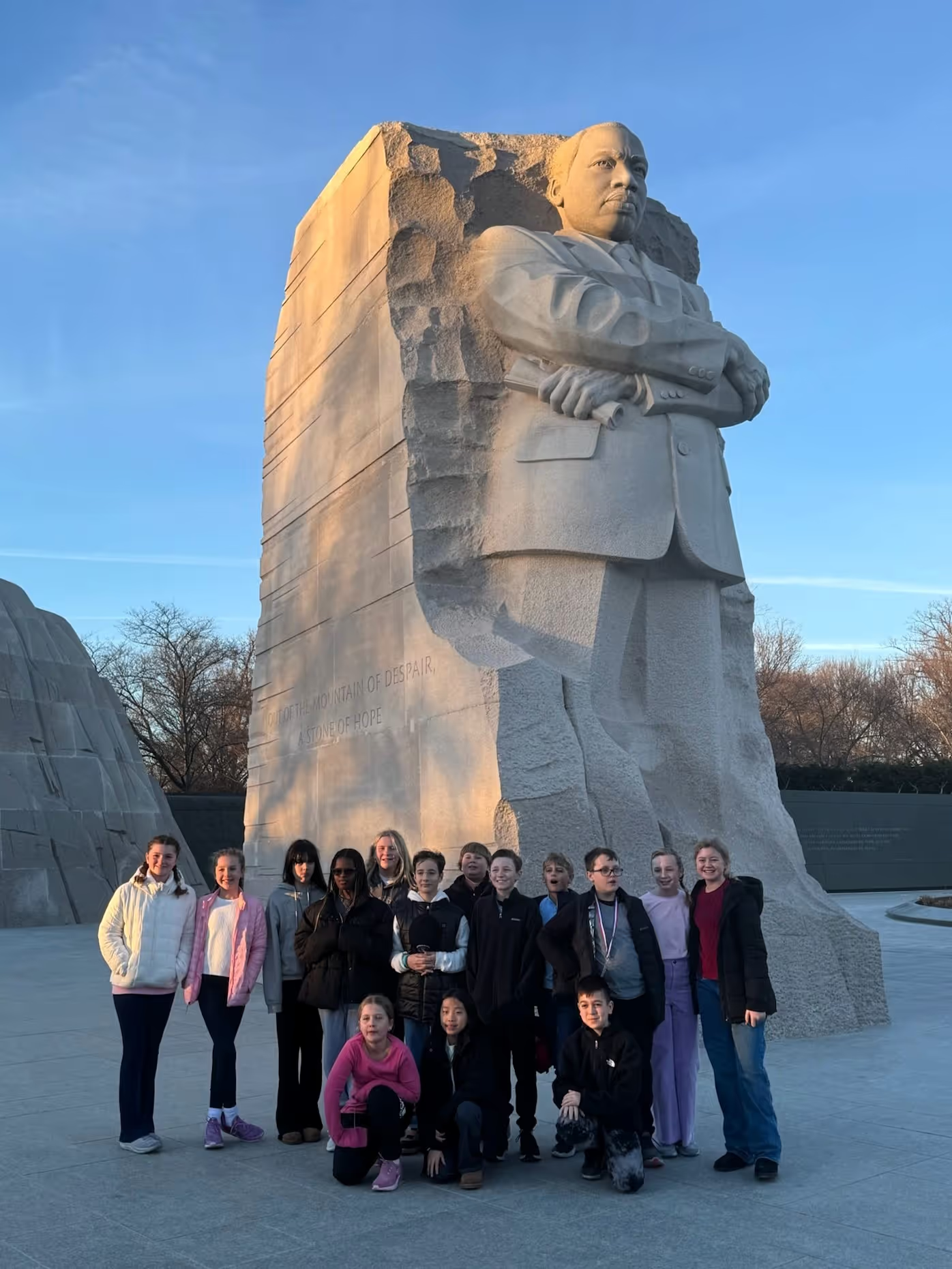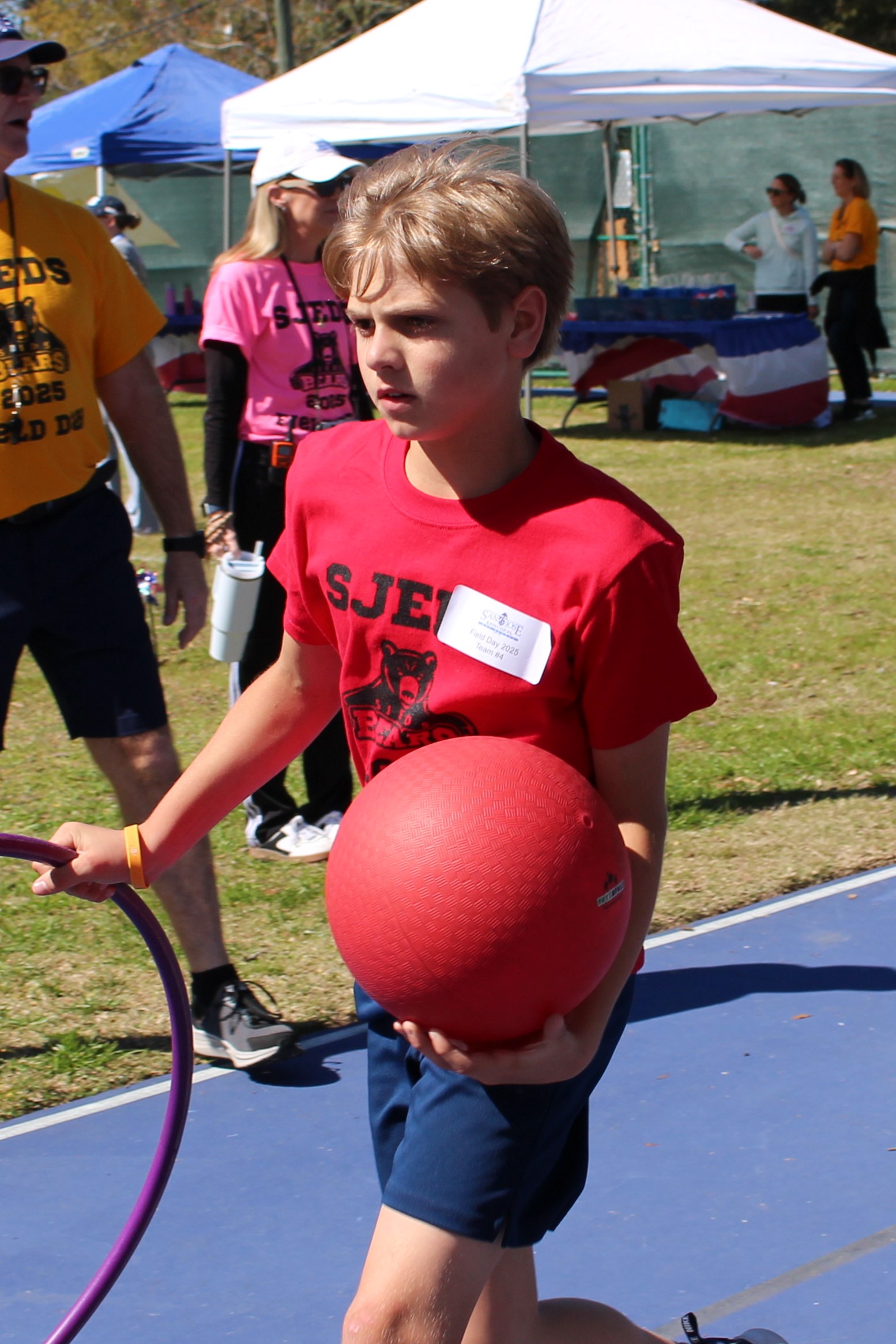
Fifth Grade Curriculum
Fifth grade is a year of dynamic growth and deep exploration in reading, writing, and communication. Students dive into increasingly complex texts, decoding unfamiliar words with confidence by applying phonics, context clues, and knowledge of Greek and Latin roots. As fluent readers, they explore the rich layers of literature—analyzing plot, character, and theme while uncovering how setting and conflict shape a story’s arc. They examine how authors craft perspective, use figurative language, and structure texts to guide meaning. With a critical eye, students evaluate informational texts, tracing arguments, identifying evidence, and comparing primary and secondary sources to develop a nuanced understanding of the world around them.
This intellectual rigor extends to writing, where students craft expressive narratives, persuasive essays, and informative pieces with purpose and voice. They learn to plan, draft, revise, and edit their work with guidance and peer feedback, using digital tools to enhance the process. Grammar, punctuation, and cursive writing are polished as students build mastery of written conventions. Whether collaborating on research or delivering a well-structured oral presentation, fifth graders learn to communicate clearly, confidently, and creatively. This transformative year equips them with the tools and mindset to think critically, write powerfully, and read with insight and joy.
Fifth grade marks an important transition as students move into a fully departmentalized model, giving them daily access to faculty who focus deeply on their subject areas. This collaborative team works together to create meaningful connections across disciplines, enriching every part of the learning experience. In literacy, for example, students participate in historical fiction book clubs that align with their social studies curriculum, deepening their understanding of the American Revolution through the eyes of fictional characters who lived during that time. Their class novel explores themes of immigration and displacement, helping students grapple with the real-life reasons people leave their homes in search of safety and opportunity. These integrated experiences not only enhance comprehension but also foster empathy, critical thinking, and a deeper engagement with the world.
Skills & Understandings:
- Decode unfamiliar words using grade-level phonics, word analysis, Greek and Latin roots, and context clues
- Read fluently with accuracy, appropriate pacing, and expressive prosody
- Analyze how setting, conflict, events, and characterization contribute to plot development in literary texts
- Identify and explain the development of theme(s), both stated and implied, in literature
- Describe how authors develop characters’ perspectives and use figurative language and poetic elements to convey meaning
- Explain how text structures and features contribute to the meaning of both literary and informational texts
- Determine central ideas and analyze how relevant details support them in informational texts
- Analyze an author’s purpose and perspective, including how claims, evidence, and reasoning support arguments
- Compare and contrast primary and secondary sources related to the same topic
- Summarize texts, incorporating plot and theme in literary texts and central ideas with supporting details in informational texts
- Write multi-paragraph narrative, expository, and opinion pieces with organized structure, varied transitions, and elaboration from multiple sources
- Plan, revise, and edit writing using feedback from peers and adults
- Use digital tools to collaboratively or independently draft and revise written work
- Apply grade-level grammar, spelling, punctuation, and cursive writing skills in written communication
- Present information clearly and effectively using oral presentation skills and multimedia elements for emphasis
In fifth grade, students engage in rich, high-level mathematical thinking as they build fluency with complex concepts and apply their skills to real-world contexts. They develop a deep understanding of place value, extending into decimals to the thousandths place, and confidently add, subtract, multiply, and divide multi-digit numbers. Algebraic reasoning takes center stage as students explore the order of operations, evaluate multi-step numerical expressions, and write equations to model and solve real-world problems, including those with unknowns in any position. They learn to translate between words and symbols, sharpening both their mathematical communication and problem-solving skills. Fractions become a powerful tool, as students interpret them as division, perform operations with them, and apply their understanding across contexts. In measurement, students convert units and solve multi-step problems involving time, money, area, and volume, including calculations with fractional and decimal side lengths. Geometry comes to life as students classify two- and three-dimensional shapes, calculate volume, and represent mathematical relationships on the coordinate plane. Through data analysis, they collect and interpret data using measures such as mean, median, mode, and range. By the end of the year, fifth graders are confident, critical thinkers who can reason abstractly, solve problems efficiently, and articulate their mathematical understanding with clarity and precision.
Skills & Understandings:
- Understand the place value of multi-digit numbers with decimals to the thousandths place
- Add, subtract, multiply, and divide multi-digit numbers
- Solve problems involving the four operations with whole numbers and fractions
- Demonstrate an understanding of equality, the order of operations, and equivalent numerical expressions
- Translate written real-world and mathematical descriptions into numerical expressions, and vice versa
- Evaluate multi-step numerical expressions using the order of operations
- Determine and explain whether an equation involving any of the four operations is true or false
- Given a mathematical or real-world context, write an equation involving any of the four operations to determine the unknown whole number with the unknown in any position
- Convert measurement units to solve multi-step problems
- Solve problems involving money
- Interpret a fraction as an answer to a division problem
- Perform operations with fractions
- Classify two-dimensional figures and three-dimensional figures based on defining attributes
- Find the perimeter and area of rectangles with fractional or decimal side lengths
- Solve problems involving the volume of right rectangular prisms
- Plot points and represent problems on the coordinate plane
- Collect, represent, and interpret data and find the mean, mode, median, or range of a data set
In fifth grade, science in the Connell Family STEAM Lab—affectionately referred to as The Zone—becomes a dynamic exploration of systems, both within our world and beyond. Students begin the year by mastering the scientific method, learning to ask testable questions, make predictions, design and conduct experiments, and draw evidence-based conclusions. These foundational skills empower them to think critically and creatively as they explore an array of interconnected topics. In The Zone, hands-on investigations, collaborative problem-solving, and the integration of digital tools aligned with Next Generation Science Standards (NGSS) make students active participants in their own discovery.
As the year progresses, students study Earth and space science, gaining a deeper understanding of our solar system, the Earth–Moon cycle, planetary rotations and revolutions, and distant celestial phenomena like comets and asteroids. Investigations into weather patterns and climate build on prior knowledge as students examine the water cycle and the atmospheric factors that shape Earth’s conditions. In physical science units, they explore forces and motion—including gravity, momentum, and friction—while investigating energy transfer and electrical circuits. Life science comes to life through rich studies of adaptation and survival, as well as the internal and external structures that help living organisms grow and thrive. Whether building a working circuit, modeling a cell, or charting a planet’s revolution, fifth graders in The Zone engage deeply with scientific concepts and develop the habits of mind that define innovative thinkers and global citizens.
Skills & Understandings:
- Understand how matter is made of atoms and molecules, and how these particles can combine and rearrange in chemical reactions
- Explain that energy can be transferred and transformed but is never lost, such as how light energy can become heat energy
- Describe how waves—like sound and light—travel, interact with materials, and can be used to send information
- Investigate how forces like gravity and magnetism affect the motion of objects, including balanced and unbalanced forces
- Use models to explain Earth’s systems, including the interactions among the geosphere, hydrosphere, atmosphere, and biosphere
- Analyze and interpret data on weather and climate patterns, and understand how humans can influence Earth’s systems
- Understand Earth's place in the solar system and the cause of seasons, day and night
- Explore how plants and animals have adaptations that help them survive in their environments
- Use evidence from fossils to understand changes in life and environments over time
- Apply engineering design practices to define problems, develop and test solutions, and improve designs
- Ask questions, plan and carry out investigations, analyze and interpret data, and communicate results effectively
The fifth-grade history program at SJEDS offers students an intellectually rich and expansive exploration of American history, geography, civics, and economics, rooted deeply in evidence-based learning. Students begin by analyzing primary and secondary sources, using books, maps, digital archives, and online research tools to uncover the stories of people and events that shaped our nation. They explore North America's earliest cultures, study European exploration and settlement, and understand daily life in the colonies, including the political, economic, and social impact of slavery. Students trace the causes and events leading up to the American Revolution, interpret the Constitution’s purpose and structure, and learn how our government at local, state, and national levels derives its power from the people.
Through geographic study, students learn to read lines of latitude and longitude, identify the original thirteen colonies, and locate states and capitals on diverse map types. They delve into the influence of geography on development, examining landforms, climate, migration patterns, and economic growth. Cultural understanding is deepened as they investigate the contributions of immigrants and how diverse groups have shaped American society. They also understand global interdependence, learning about trade, economic systems, supply and demand, and how money functions within and between nations.
Civic education further empowers students to consider their role in society. They learn about key historical documents, voting, citizenship, civic virtues, and how individuals and communities collaborate to address challenges. By studying significant leaders and symbols of American democracy, students build an appreciation for the values our nation holds dear. Finally, they develop essential financial literacy by learning to budget, save, invest, assess risk, and make informed decisions—skills that will serve them well beyond the classroom. This comprehensive program is thoughtfully designed to foster critical thinking, scholarly inquiry, and responsible citizenship in every fifth grader.
Skills & Understandings:
- Analyze primary and secondary documents (letters, diaries, photos, videos) to understand U.S. history
- Research early explorers and the reasons behind their travels to North America
- Identify the original 13 colonies, their locations, and capitals on a map and understand life in the original 13 colonies—including their government, economy, and daily habits
- Sequence and explain events leading up to the American Revolution
- Recognize how geography (land, climate, resources) influenced migration, settlement, and regional development
- Explore the influence of Native American, European, and immigrant cultures on American society
- Learn how scarcity shapes trade and how goods/services are exchanged using money
- Understand the purpose and power of the U.S. Constitution and how people make and influence laws
- Recognize how local, state, and federal governments work and their roles in community life
- Demonstrate civic responsibility through voting, volunteering, cooperation, and showing patriotism
- Identify important U.S. and state symbols, holidays, founding documents, and historical individuals
- Recognize Florida’s strategic role in events like exploration, colonization, and regional trade
Our fifth graders’ understanding of American history comes to life through an unforgettable, week-long field trip to Washington, D.C., a culminating experience that blends deep academic inquiry with real-world exploration. In preparation, each student selects a historic site in the capital to research in-depth, constructs a detailed model of the location, and crafts a well-rehearsed oral presentation to share with peers and families. This immersive project cultivates critical thinking, public speaking skills, and historical understanding. Then, with excitement and purpose, students travel to Washington, D.C., where they experience history firsthand by visiting more than 30 iconic landmarks, monuments, and museums. Walking in the footsteps of presidents, visionaries, and changemakers, our students gain a profound appreciation for the people, events, and ideals that have shaped our nation. This powerful journey strengthens their sense of citizenship and connects their classroom learning to the larger story of America.
Schedule a Tour
Come see for yourself why SJEDS is an investment in a brighter future.





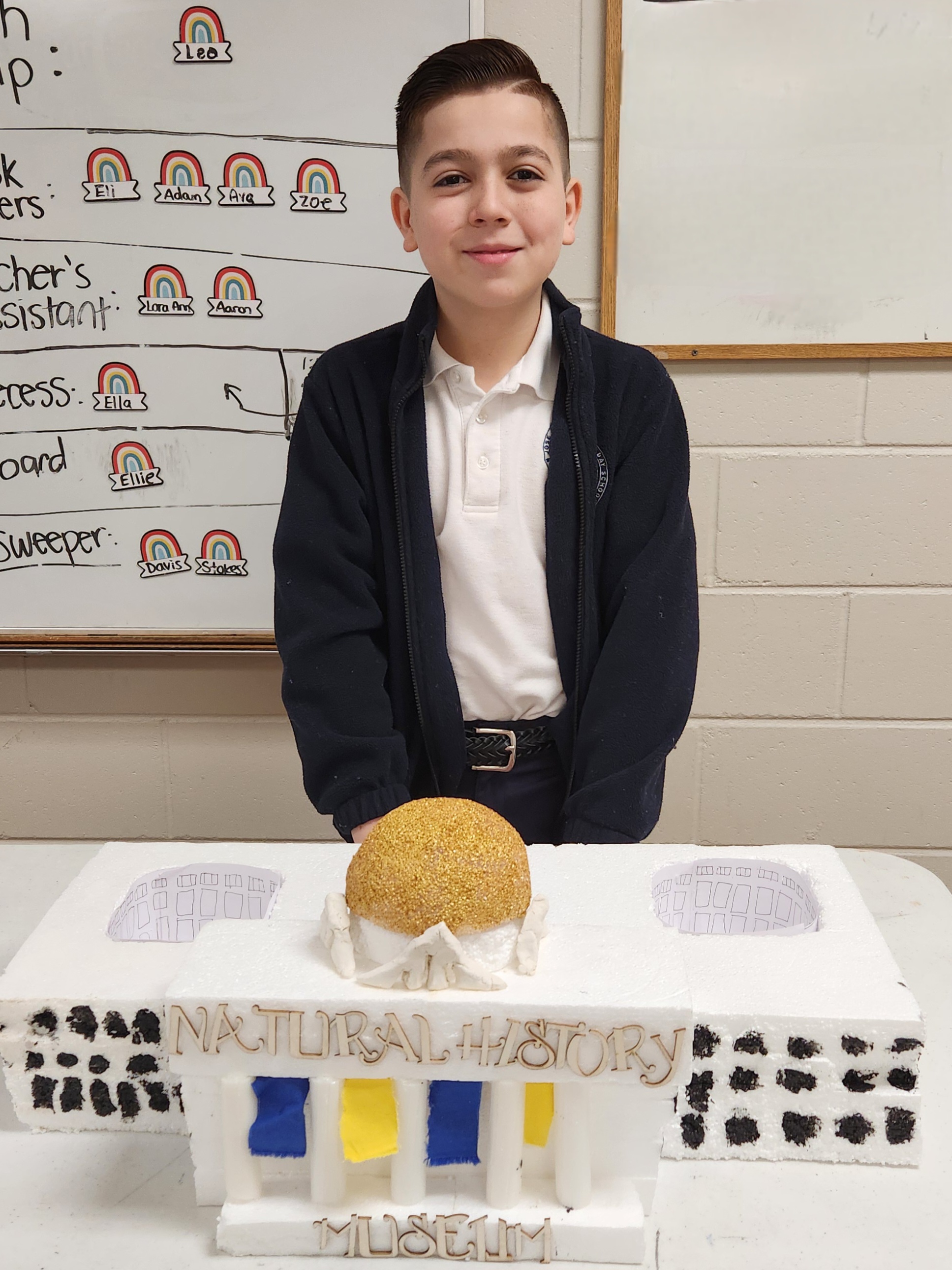
-min.avif)
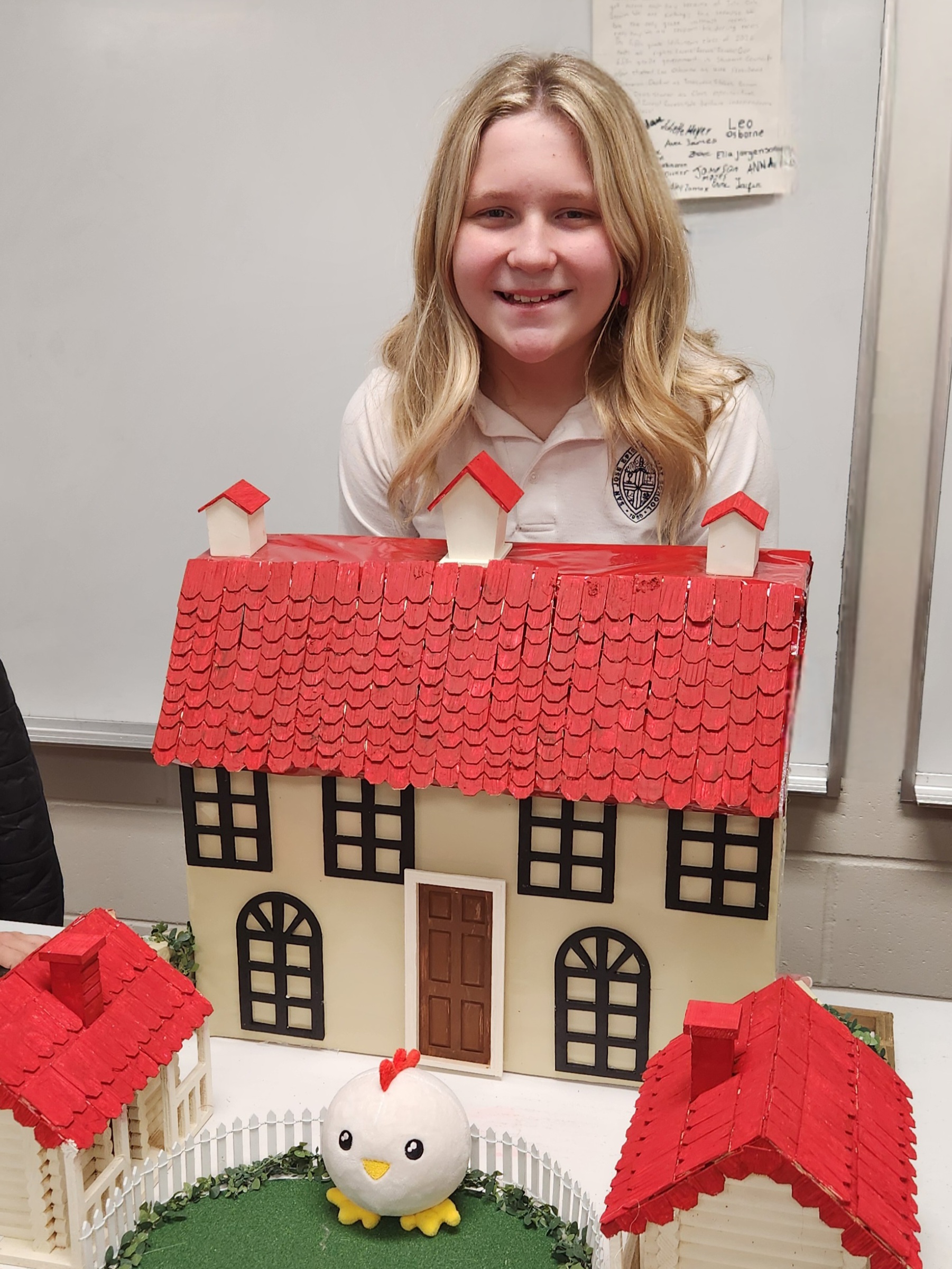
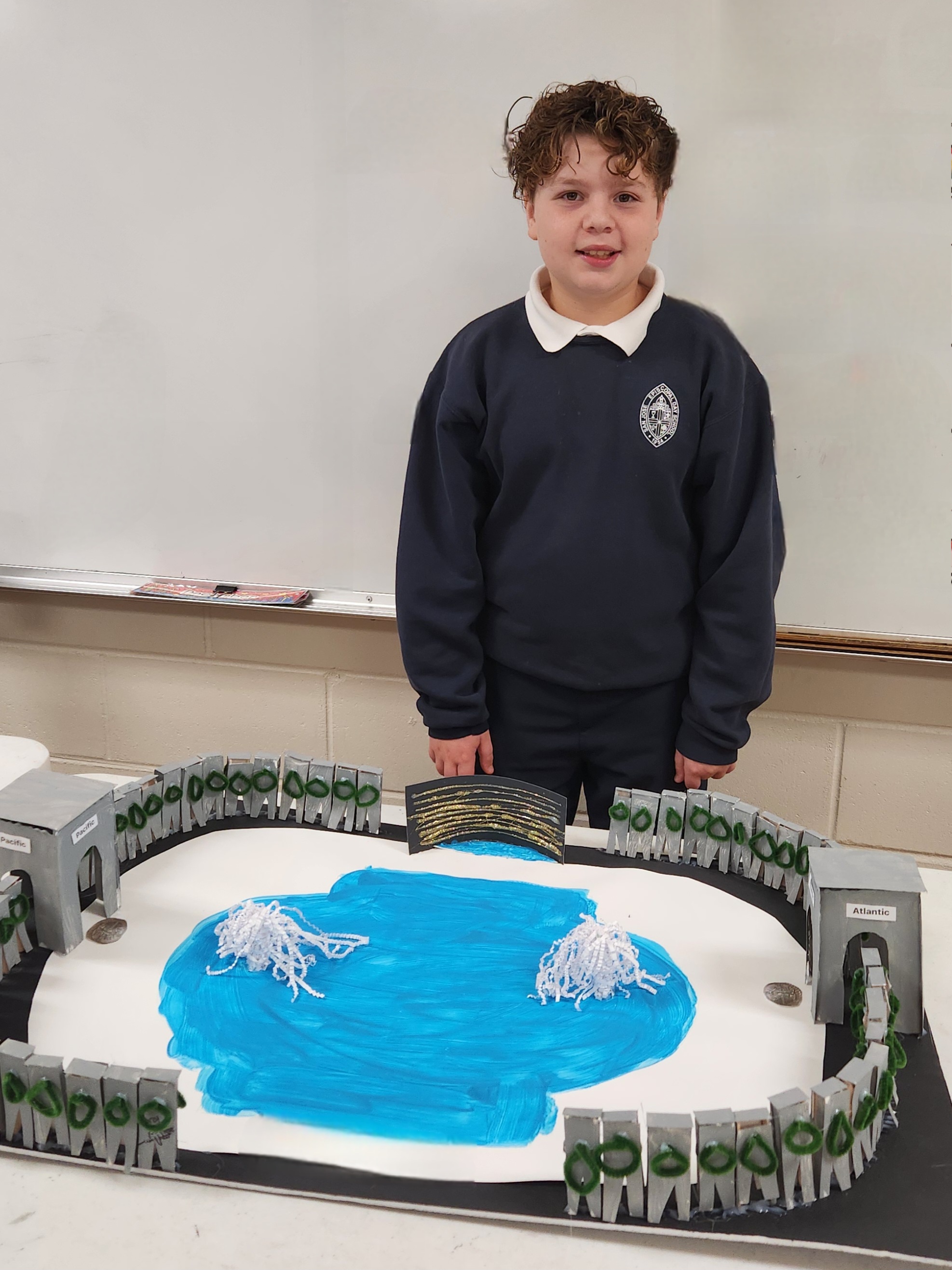
.avif)
